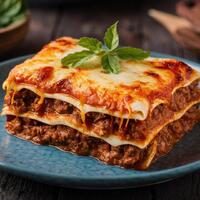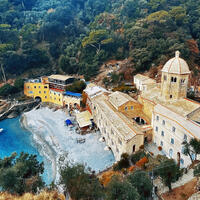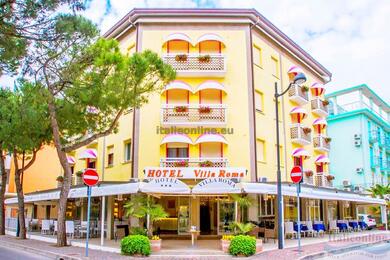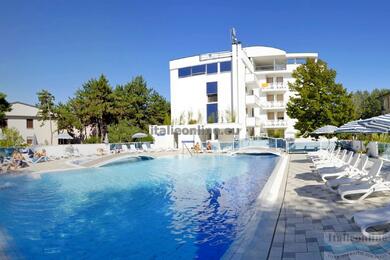History and origins
Piadina was originally the food of poor rural families, who prepared it with available ingredients such as flour, water, salt and lard. This simple recipe reflected the humble living conditions of the time and was also very practical - piadina was quickly prepared on stone slabs or iron pans and provided enough energy for the hard work in the fields.
Over the centuries, piadina became an integral part of Italian cuisine, and its popularity grew not only in the Emilia-Romagna region, but also throughout Italy and eventually the world. In 2014, piadina received the official Protected Geographical Indication (PGI) label from the European Union, confirming its importance as a traditional Italian product.
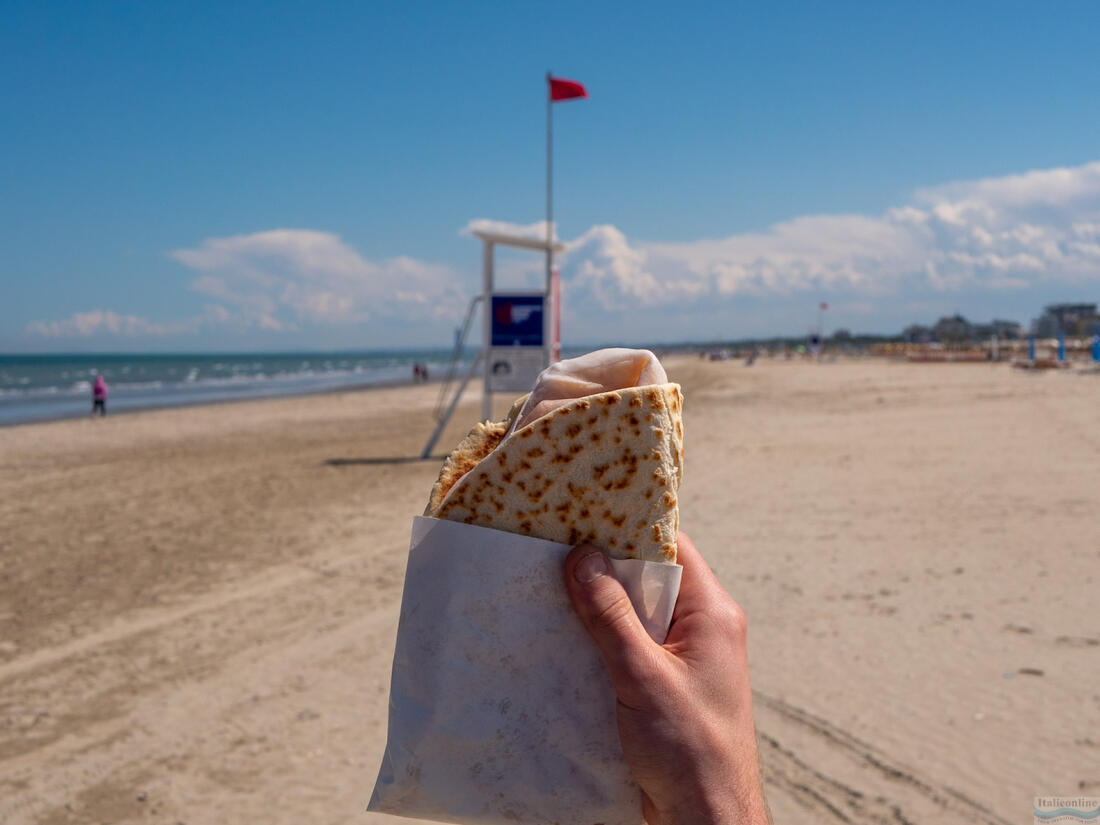
How is piadina prepared?
Piadina is very simple to prepare and is often baked directly on a hot stove or, in modern times, on a grill. The traditional recipe contains only a few basic ingredients: flour, water, salt and lard or olive oil. The dough is mixed, kneaded and then rolled out into thin circles, which are then baked on a hot stove until golden and slightly puffed.
Modern variations of piadina sometimes include different ingredients such as milk, yeast or yoghurt, giving it a softer texture and richer flavour.
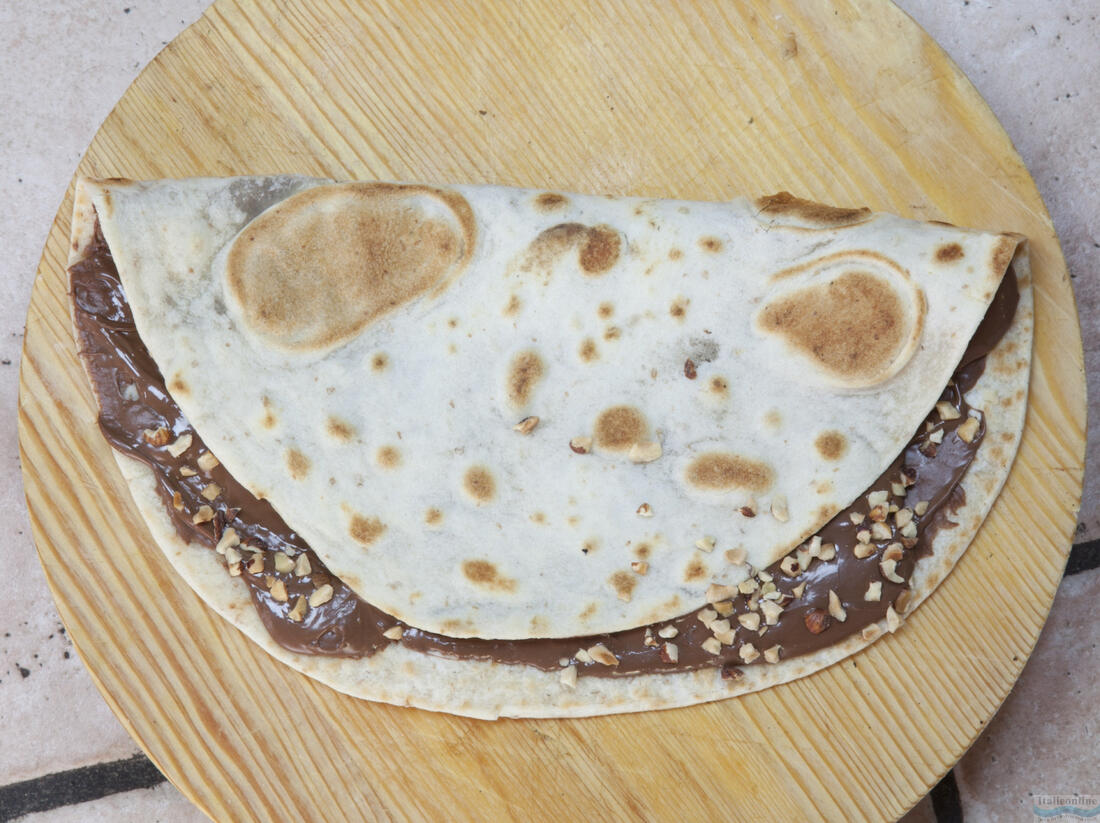
Serving and using piadina
Piadina is traditionally eaten as a substitute for bread, but its versatility makes it an ideal base for a variety of dishes. It is most often served filled with a variety of ingredients - from simple combinations with prosciutto, cheese and rocket to more complex fillings with grilled vegetables, mozzarella and pesto. In some areas, piadina is even served as a sweet dish, filled with Nutella or marmalade.
Piadina in the world
Thanks to its simplicity, quick preparation and wide range of uses, piadina has become popular outside Italy. It can be found on restaurant menus all over the world, often in the form of a sandwich or fast food.



